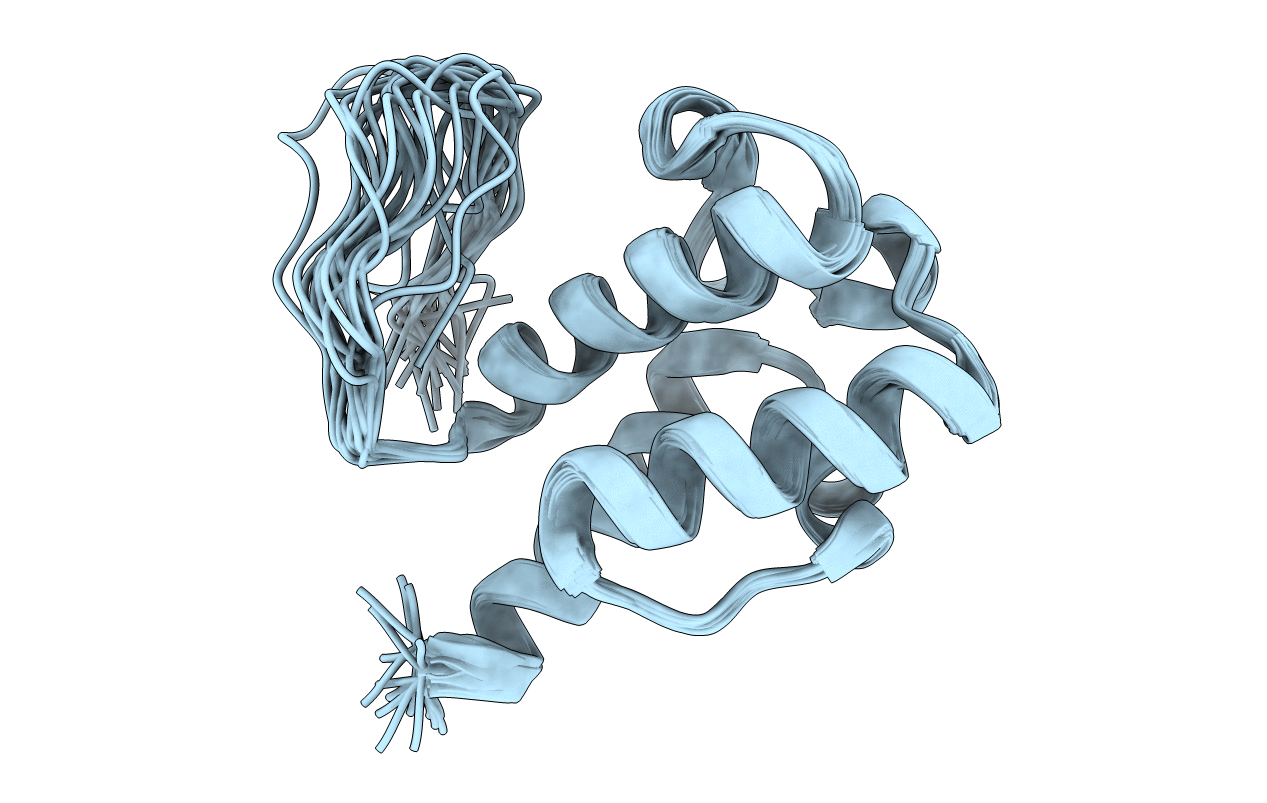
Deposition Date
2011-09-01
Release Date
2011-12-14
Last Version Date
2024-05-15
Entry Detail
PDB ID:
2LIU
Keywords:
Title:
NMR structure of holo-ACPI domain from CurA module from Lyngbya majuscula
Biological Source:
Source Organism:
Lyngbya majuscula (Taxon ID: 158786)
Host Organism:
Method Details:
Experimental Method:
Conformers Calculated:
100
Conformers Submitted:
20
Selection Criteria:
target function


